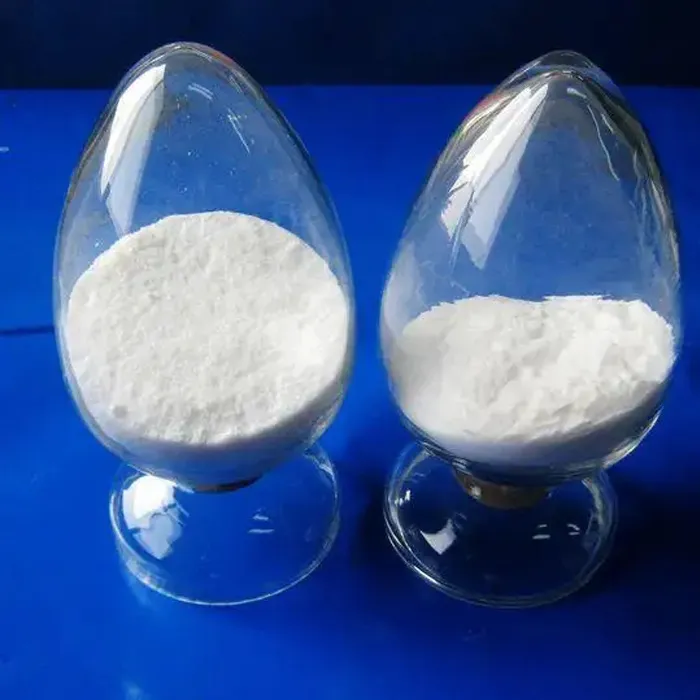Understanding Aerrane (Isoflurane) An Anesthetic Agent
Isoflurane, commonly known by its brand name Aerrane, is a widely used inhalation anesthetic that plays a crucial role in modern anesthesia practices. It is primarily utilized during surgical procedures to induce and maintain general anesthesia. Its unique properties and advantages make it a preferred choice among anesthesiologists.
Chemical Composition and Properties
Isoflurane is a halogenated ether, with its chemical formula being C3H2ClF5O. This compound is characterized by its low blood-gas partition coefficient, which contributes to its rapid onset and offset of action. As a volatile anesthetic, it is administered using a precision vaporizer, allowing healthcare providers to control the concentration and delivery of the agent with high accuracy.
Mechanism of Action
The exact mechanism of action of isoflurane is not fully understood, but it is believed to interact with various receptors in the central nervous system. Isoflurane enhances the inhibitory neurotransmission mediated by gamma-aminobutyric acid (GABA) and can also inhibit excitatory neurotransmission. This dual action helps to depress neuronal activity, leading to unconsciousness and analgesia during surgical procedures.
Advantages and Clinical Applications
aerrane isoflurane

One of the primary reasons isoflurane is favored in clinical settings is its excellent control over anesthesia depth. The quick uptake and elimination of the drug from the body allow for precise adjustments to be made throughout the procedure, making it particularly advantageous for outpatient surgeries where patients require rapid recovery. Additionally, isoflurane has a relatively low cardiovascular impact, which is beneficial for patients with preexisting cardiovascular conditions.
Isoflurane can be used in various surgical settings, including major surgeries in hospitals, outpatient procedures, and even in veterinary medicine. Its versatility makes it suitable for both adult and pediatric patients, although dosing adjustments may be necessary based on the patient's age and body weight.
Side Effects and Considerations
Despite its advantages, isoflurane comes with potential side effects, especially concerning the respiratory system. Patients may experience respiratory depression, and care must be taken to monitor airway patency and ventilation. Furthermore, isoflurane can lead to hypotension due to its vasodilatory effects. Therefore, anesthesiologists must be vigilant in managing the patient’s vital signs.
In addition to these concerns, there is an ongoing discussion about the environmental impact of inhaled anesthetics, including isoflurane. As a greenhouse gas, it contributes to climate change when released into the atmosphere. Consequently, there is a growing interest in exploring alternative anesthetic practices that minimize environmental impact while still providing effective anesthesia.
Conclusion
In summary, isoflurane (Aerrane) remains a cornerstone in anesthetic protocols due to its rapid onset, ease of use, and controllable effects. Its application in various medical and surgical fields demonstrates its versatility and efficacy as an anesthetic agent. While it is essential to be aware of its potential side effects and environmental concerns, the benefits it offers to patient care are significant. As anesthesia practices continue to evolve, isoflurane will likely maintain its relevance in the medical community while researchers work towards developing safer and more sustainable options in the future. The continued study of its pharmacological properties will help refine its use and address any challenges associated with its administration.

